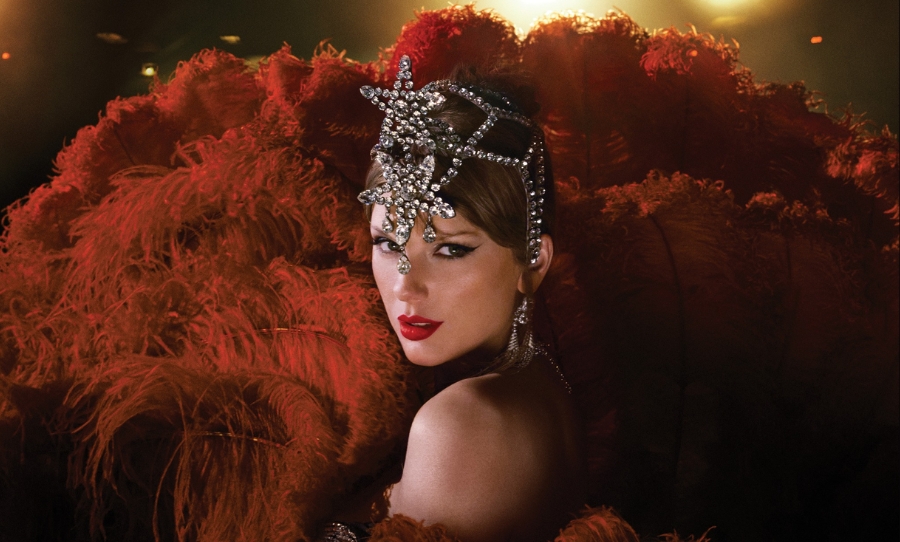Whether you’ve found yourself tired of the latest Drake track, recently realised a golden oldie popping up on your favourite station, or looking to jump into a career in radio, every listener who isn’t a zombie has asked: “Why do I keep hearing that fucking song?”
It’s true – radio stations do have a bias towards certain tracks. A song will last as long as it needs to on a station (some would say too long), but there’s more going on behind the scenes than you would think.
Just why do radio stations play the same songs so much? We dive into the intricately balanced world of FM radio to find out.
The choice of which songs a radio station will air is not a simple one. There are a hundred different factors behind the choice, but let’s start at the basics.
Radio play works in rotations. When you hear that a track has ‘been added to rotation’, it means it joins the list of currently airing songs on that particular station. Additionally, these lists are tiered; the highest level of rotation can see a song being played as frequently as every hour (or less!) and the lowest can be well, pretty damn low.
Often, this is referred to as A and B rotations, but every station has their own take.
How does a song make it to rotation? Often it’s a toss-up between the song’s popularity and it’s sound. A FM station that exclusively plays classic rock won’t ever rotate a Flume banga even if it’s copping the #1 spot on the ARIA chart.
This stylistic choice filters down to much subtler factors though. More boutique, or strongly curated stations will add a song to their rotation because they dig it, and it truly fits the vibe the station outputs.
Sydney station FBi radio is a top example here. At the moment worldwide tracks such as Bon Iver’s 33 “GOD” and Frank Ocean’s Nikes are on high rotation, but so is Don’t Bother Me from Aussie act Scott & Charlene’s Wedding.
Two of these news songs are hugely popular international hits, and the third is a home-ground Aussie anthem from a much smaller (albeit totally fantastic) local band. This is where the role of the music director comes in. For FBi radio, that’s Stephen Goodhew.
We had a quick chat with him to find out just how his role differs from that of a more commercial station’s music director.
“Well I have to listen to much more music. I would listen to anywhere between three and four hundred entries per week, and a commercial director would listen to about thirty or forty. A commercial station is looking for something that has a narrative around it already.”
In terms of rotations, Goodhew explained that Fbi’s programming is a bit of a juggling act.
“You have to strike the right balance between name recognition and stuff people don’t know. There needs to be an entry point for listeners.”
In addition to the popular tracks that make high rotation, Fbi fits a little extra something for their fans into their regular schedule.
“Each hour we have one golden rotation track, which is usually something a little more memorable from the last year, to the last six or seven years. Most people tend to listen for 15-25 minutes, so yeah, it’s about striking a balance.”
A good music director can really bring a station to the forefront of the industry as a beacon of sweet ass tunes. This can be proved – all you need is some good old fashioned, journalistic number crunching.
On top of their famous worldwide sales charts, did you know that Billboard also publish radio charts? They do, so the matter of 2015’s most popular songs on radios around the world are public record.
Blank Space from Taylor Swift and Uptown Funk from superproducer Mark Ronson and cool cat Bruno Mars are two of the songs on the list, unsurprisingly. Come to look at it…it was a good year for Tay Tay fans start to finish.
Stations that don’t rely on tastemakers will simply push the most popular hits of the season to high rotation because that’s how you get listeners. If you can guarantee it will be less than an hour before someone hears Bad Blood, the crowds will flock.
Yes, they’ll have more listeners and yes, they’ll make more money from ad revenue, but they won’t be relied on as a source of great, fresh tunes.
Comparing the Swiftfest of the Billboard radio charts with triple J’s most played artists last year, you begin to see the difference. Their top five were Tame Impala, The Wombats, Florence & The Machine, Hermitude and Courtney Barnett.
Triple J occupies the space of a widely popular radio station with a lean towards Aussie music, and their list shows this. They cater to the most popular bands that don’t necessarily occupy the Billboard charts, but have the famous triple J factor anyway.
Regardless of whether your favourite station is a tastemaker or a popularist, it still boils down to catering to an audience. Triple J listeners will want Tame Impala, 2Day FM fans will want T Swizz, and Fbi listeners will want what Steven Goodhew chooses.
And this is never going to happen if you play a new song once. Through rotation a song will garner popularity with a station’s audience, at which point it would make no sense to stop playing it. At that point, people finally want to hear it, and they know which station will play it.
Over and over and over and over and over again.




